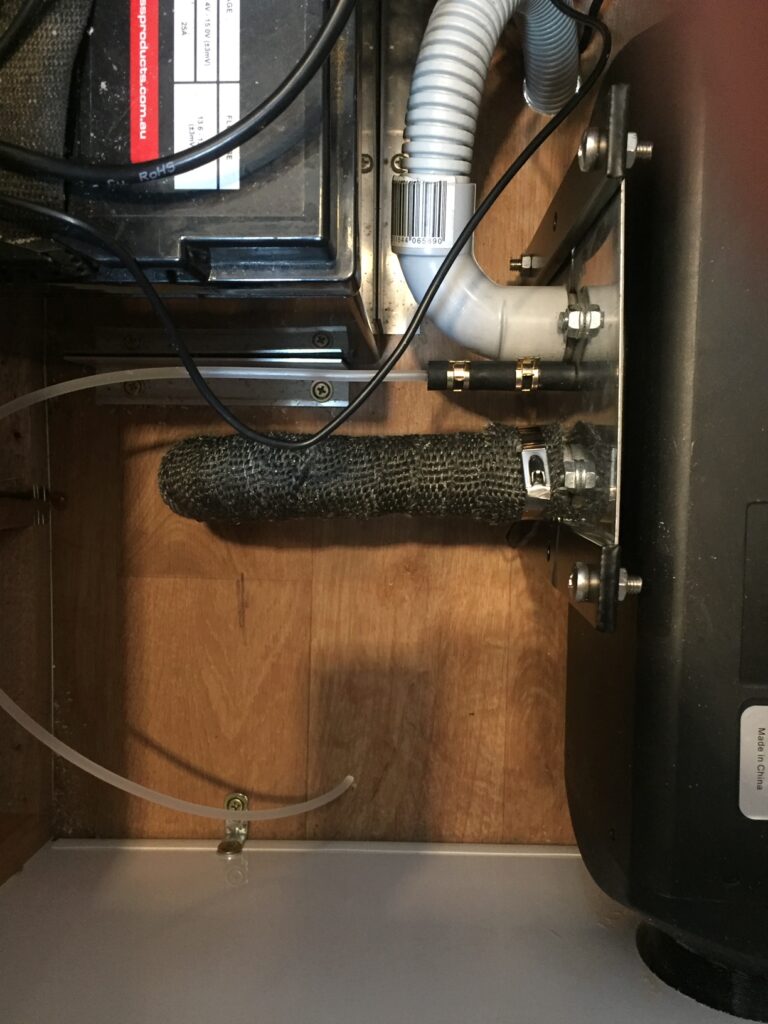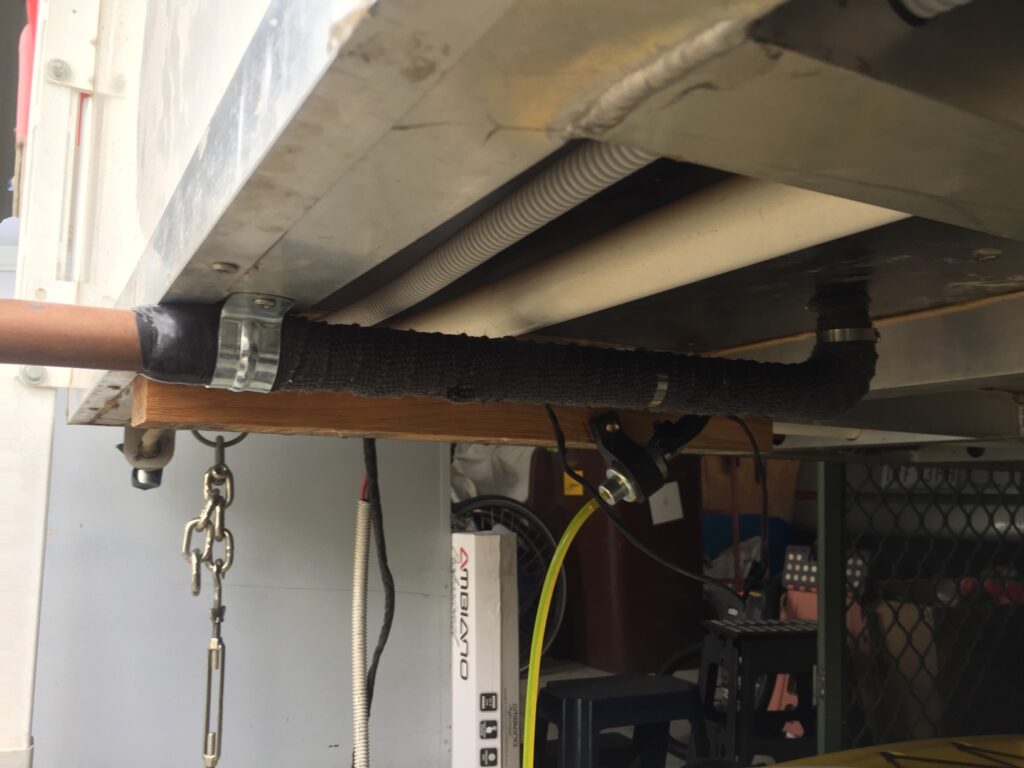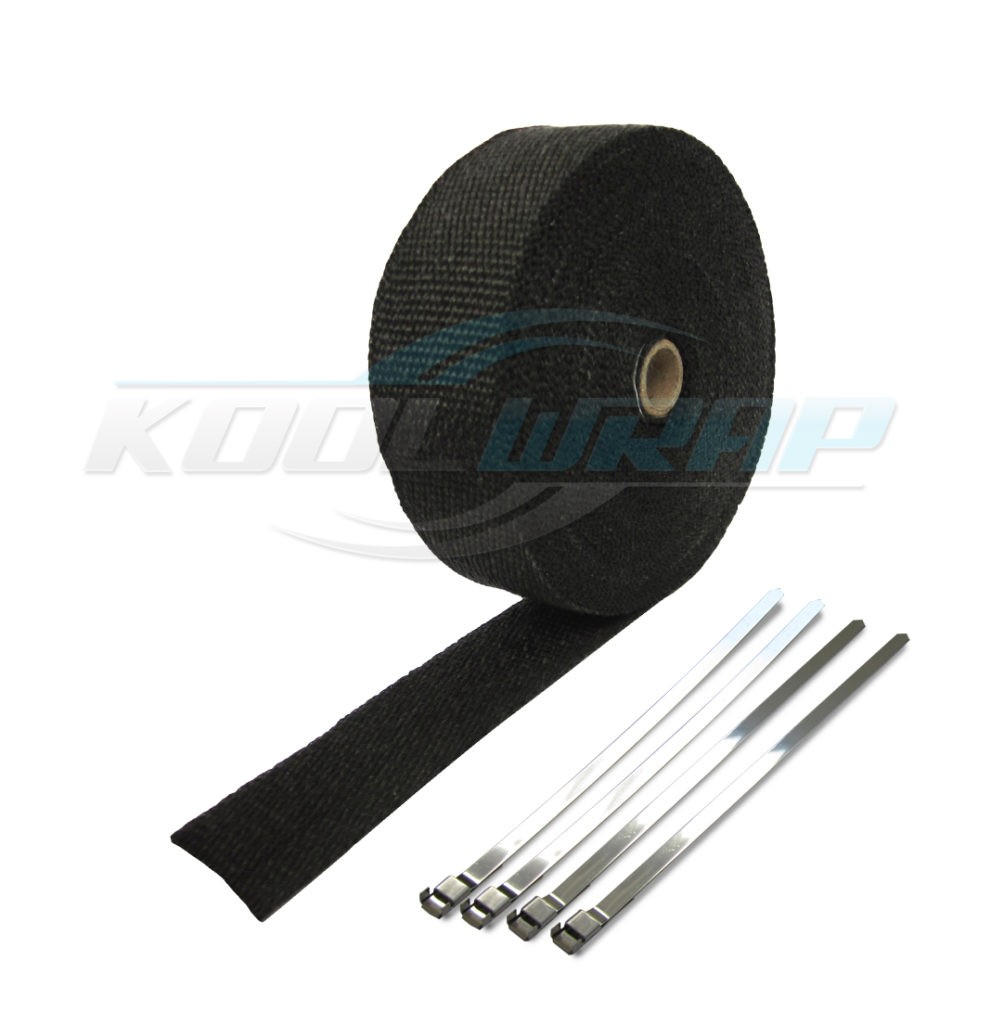Insulation Foam In Vehicles: Everything You Need To Know
Automobiles without insulation are as good as tiny moving metal rooms. It can take you to your desired destination, but it does not mean you will arrive at your stop comfortably.
Make your car rides more convenient by investing in high-quality insulation solutions. It helps make your journey more peaceful and temperature-controlled.
You are guaranteed maximum comfort after installing insulation foam in your vehicle.
However, today’s technological advancements make it complicated to choose the best foil foam insulation in the market.
Keep this information in mind to determine which works best for you and your vehicle.
What is Foam Insulation?
This product is basically a low-density elastic polymer or elastomer. It offers a thermal barrier all over a component or in the middle of a heat or cold source and interior space.
Consider foam foil insulation products as the improved and modern alternatives for traditional options like cellulose or mineral wool. It is also safer to use than formaldehyde insulation.
What are the Types of Foam Insulation?
Foam insulation commonly comes in the form of spray-on foams, pre-moulded custom shapes, and rigid foam panels.
You may choose which type of foam to install in your vehicle from these options:
Closed Cellular
These foams feature interconnected sealed pores or cells, making it impossible for moisture to seep through.
This is ideal if you want an effective sound barrier with a higher R-value.
Open Cellular
This type comes with interconnected pores or cells that are partially open. It can reduce the noise that passes through.
It is also an ideal option if you are looking for a solid air and thermal barrier. There may be better choices if you want something to repel moisture.
Flexible Foams
Flexible foams come with impact-absorbing foams that can bend or flex without cracking.
Rigid Foams
It comes with a skeletal matrix that provides minimal flexibility.
Reticular Foams
This option has a more open structure with a skeletal matrix featuring a network of interconnecting strands.
What are the Key Benefits of Using Foam Insulation for Vehicles?
Foam insulation products offer practical solutions for common issues like temperature and noise control.
It serves as a heat insulator – solving a couple of problems, including:
Interior climate
This product helps the vehicle reduce the effects of the sun during hot summer days.
It can also ensure that the heat remains on your vehicle during the winter.
Heat-related Problems in the Engine
Products like pipe insulation foam tubes serve as thermal barriers to help car engines exhaust heat from the floorboards and firewall.
It can also shield the vehicle from the heat coming from the cabin compartment to make your ride more comfortable.
What to Look for in Vehicle Foam Insulation?
You need to find these qualities if you’re investing in high-quality foam insulation.
Foil Laminated
Reliable foam insulation should come with an MPET reflective film or aluminium foil laminate.
It will serve as the outer skin of the product to make it durable and enhance its ability to reflect heat.
Fire Retardant
Always look for insulation products with fire-retardant additives and a self-extinguishing feature.
It boosts your vehicle’s protection against fire due to high heat.
Backed with Strong Adhesive
Your insulation product must feature a pressure-sensitive adhesive to make it easier to install in metal sheets and hard-to-reach areas like air ducts.
Flexible
It will be easier to install your foam insulators and foam tubing products on walls and roofs if they are lightweight and flexible.
Sturdiness
The best insulation product for your vehicle should be able to withstand external factors like chemicals and acids.
It must also resist high temperatures and repel dust to prevent faster wear and tear.
How to Find the Best Foam Insulation to Soundproof a Vehicle?
The qualities of foam insulation also vary for soundproofing. The best ones for automotive sound deadening should come in any of these materials:
Viscoelastic acrylic polymer
This material comes in a liquid form. It is highly effective in decreasing sound vibrations.
Butyl rubber
It is a highly durable, odourless synthetic rubber material that helps boost the insulator’s elastomeric properties.
How Long Can Foam Insulation Lasts?
Most foam insulation, like the spray foam type made with polyurethane, can last for years. It can tolerate extreme changes in temperature, mould and mildew buildup, and excess moisture.
The Bottomline
Learning all this information can help your vehicle withstand extreme temperature changes as well as filter unwanted noise.
Investing in high-quality foam insulators is a must for adequate vehicle insulation.




